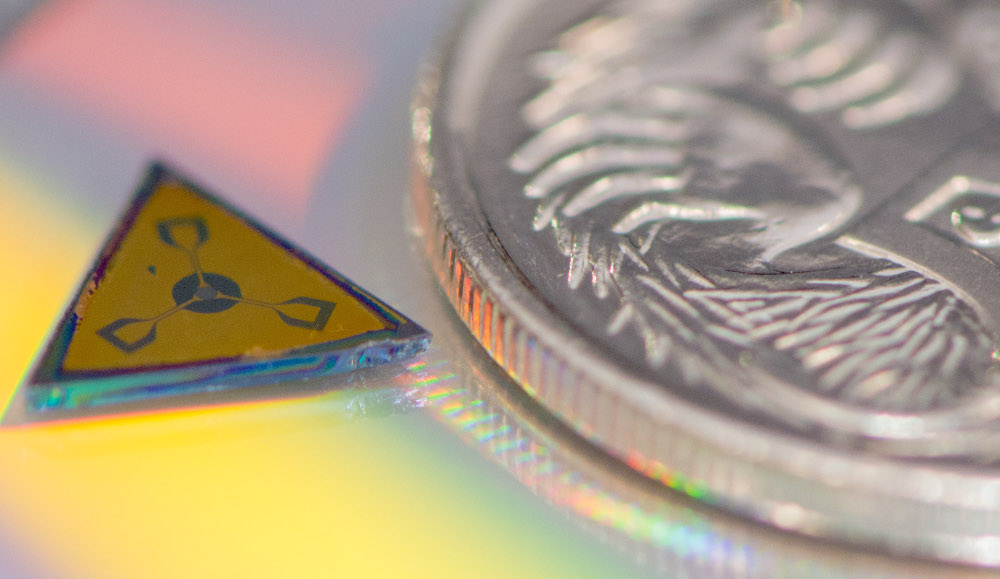Locals lead quantum breakthrough
 Scientists have miniaturised an essential component for the future of quantum computing.
Scientists have miniaturised an essential component for the future of quantum computing.
A team at the University of Sydney and Microsoft, in collaboration with Stanford University in the US, has completed a project that constitutes the first practical application of a new phase of matter, first discovered in 2006, so-called topological insulators.
Beyond the familiar phases of matter - solid, liquid, gas and plasma - topological insulators are materials that operate as insulators in the bulk of their structures but have surfaces that act as conductors.
Manipulation of these materials has been used to create the circuitry needed for the interaction between quantum and classical systems - vital for building a practical quantum computer.
Theoretical work underpinning the discovery of this new phase of matter was awarded the 2016 Nobel Prize in Physics.
The Sydney team’s component, coined a microwave circulator, acts like a traffic roundabout, ensuring that electrical signals only propagate in one direction, clockwise or anti-clockwise, as required.
Similar devices are found in mobile phone base-stations and radar systems, and will be required in large quantities in the construction of quantum computers. However, today’s typical circulators are bulky objects about the size of a human hand.
The new invention, reported by the Sydney team today in the journal Nature Communications, represents the miniaturisation of the common circulator device by a factor of 1000.
This was made possible by exploiting the properties of topological insulators to slow the speed of light in the material.
The ground-breaking minaturisation paves the way for many circulators to be integrated on a chip and manufactured in the large quantities that will be needed to build quantum computers.
Sydney research team leader Professor David Reilly said work to scale-up quantum computing is driving breakthroughs in related areas of electronics and nanoscience.
“It is not just about qubits, the fundamental building blocks for quantum machines. Building a large-scale quantum computer will also need a revolution in classical computing and device engineering,” Professor Reilly said.
“Even if we had millions of qubits today, it is not clear that we have the classical technology to control them. Realising a scaled-up quantum computer will require the invention of new devices and techniques at the quantum-classical interface.”








 Print
Print